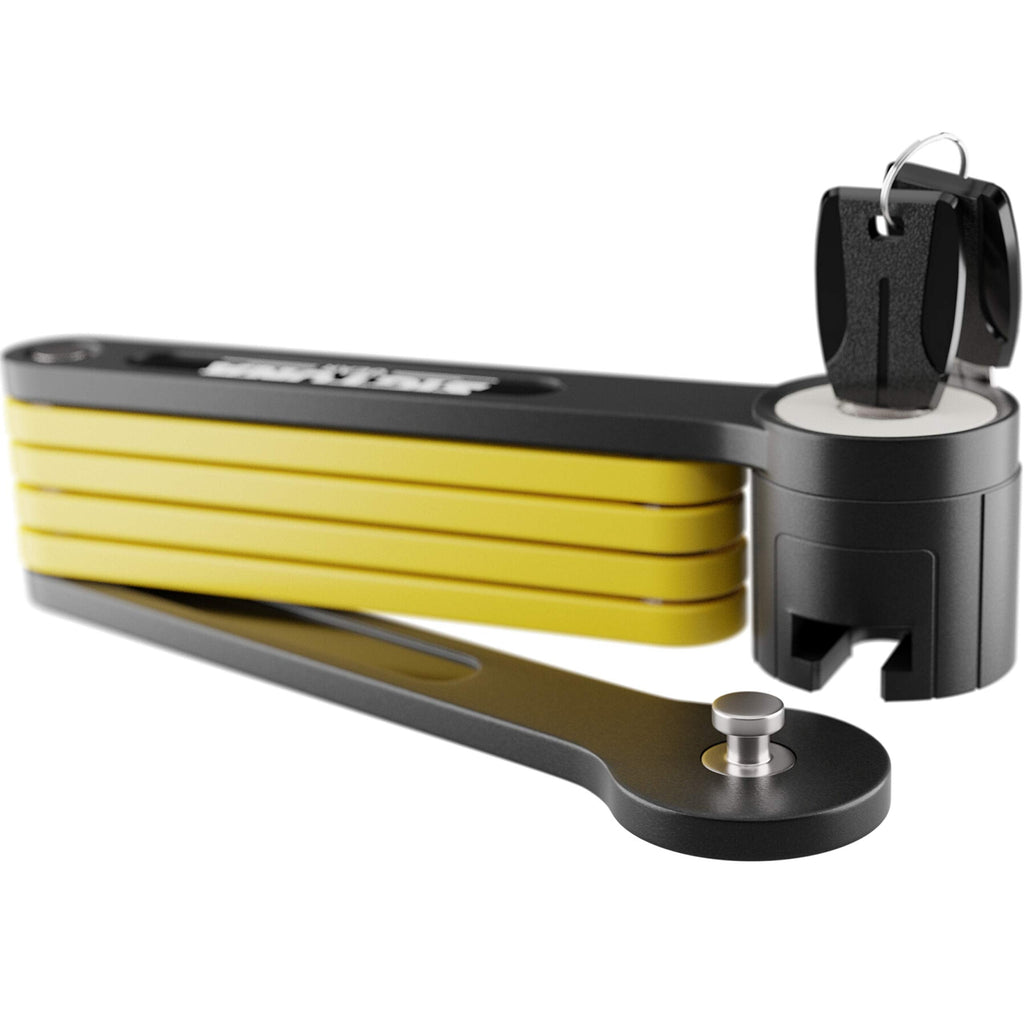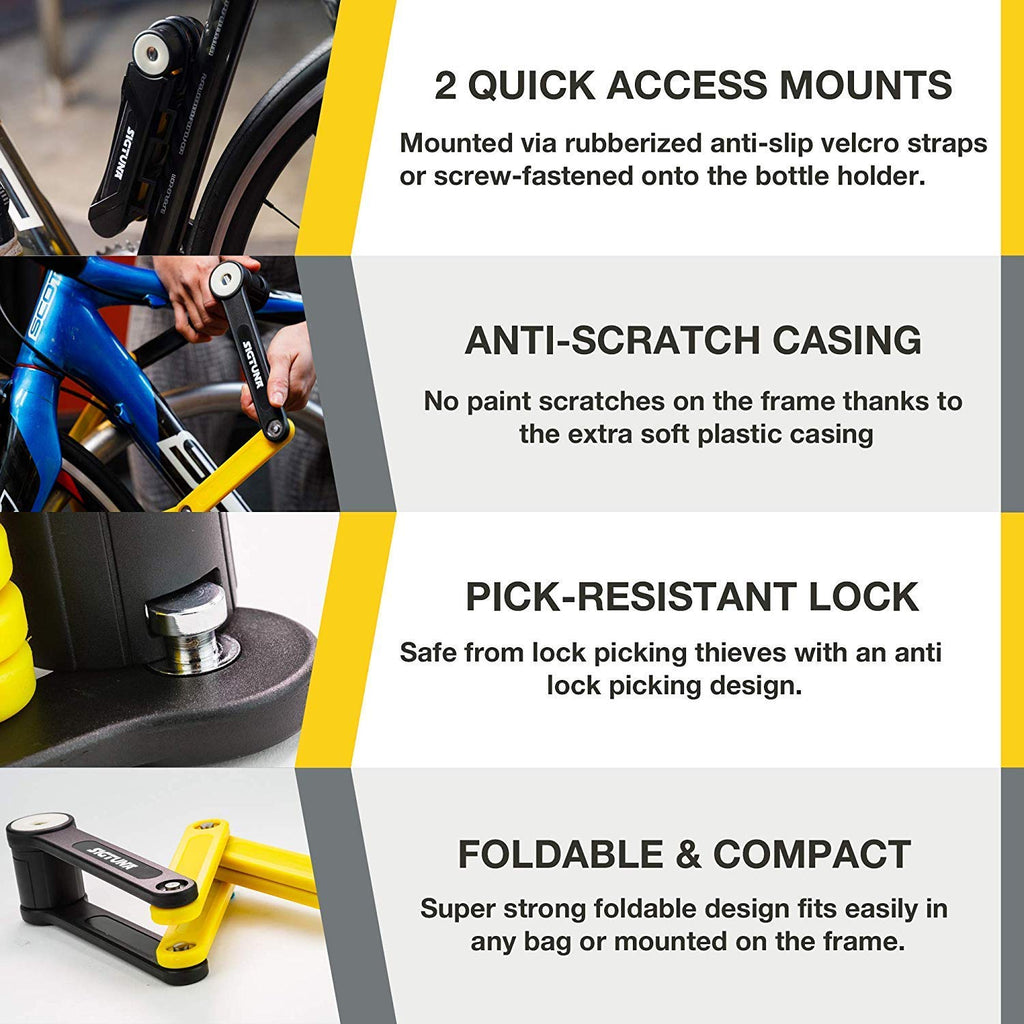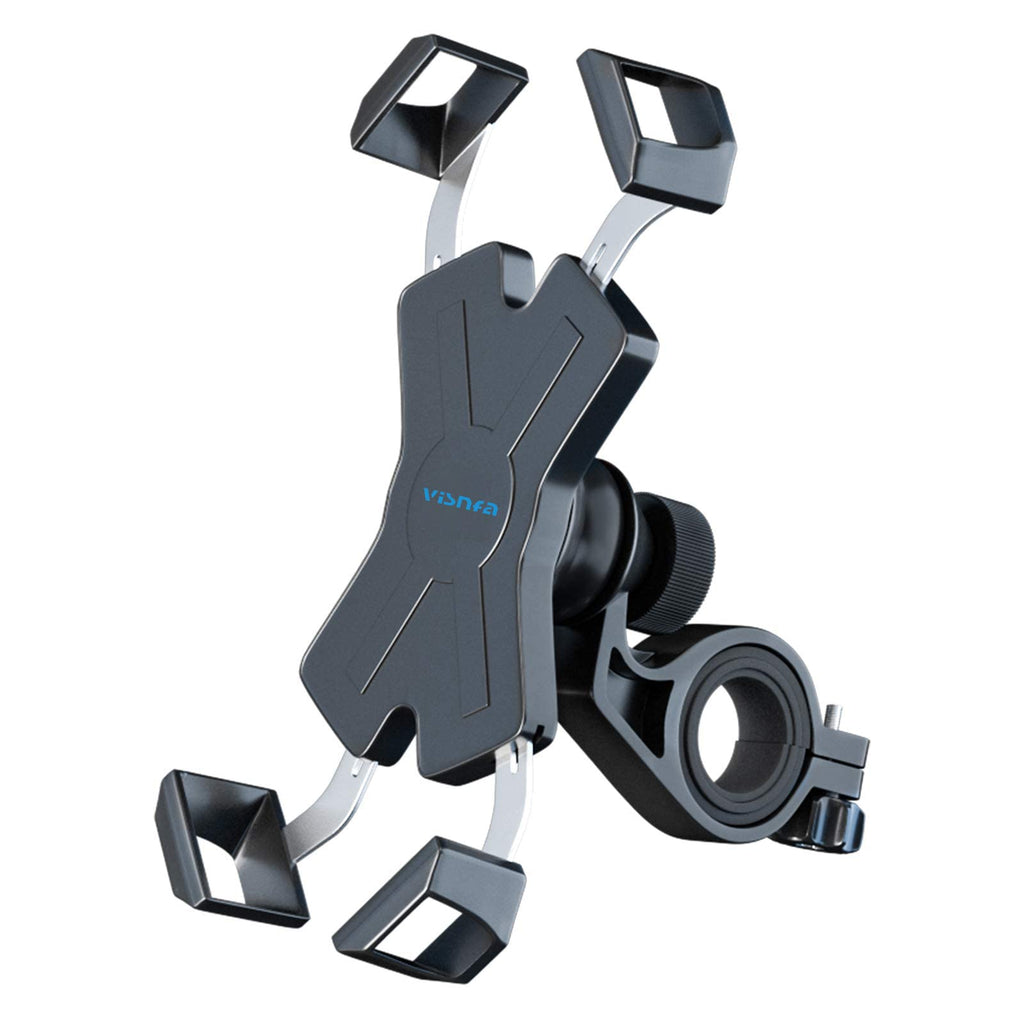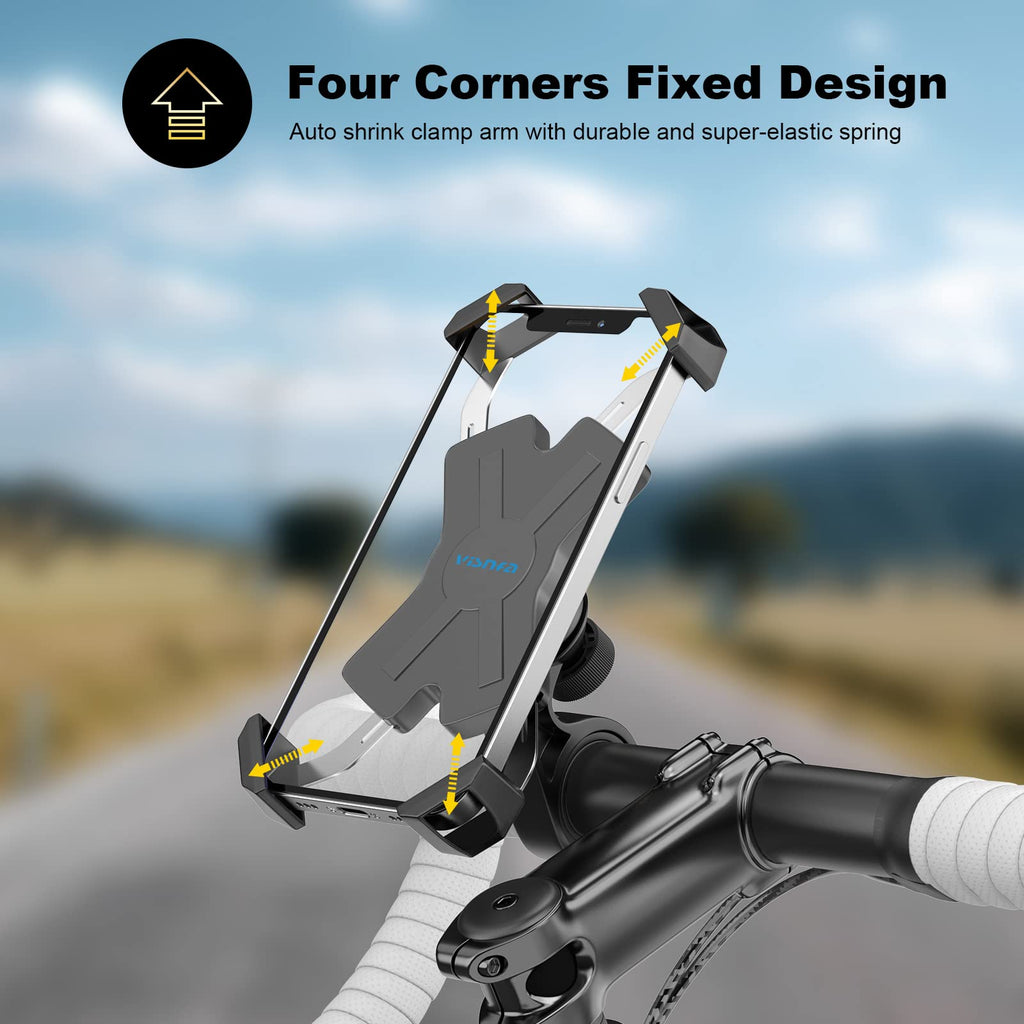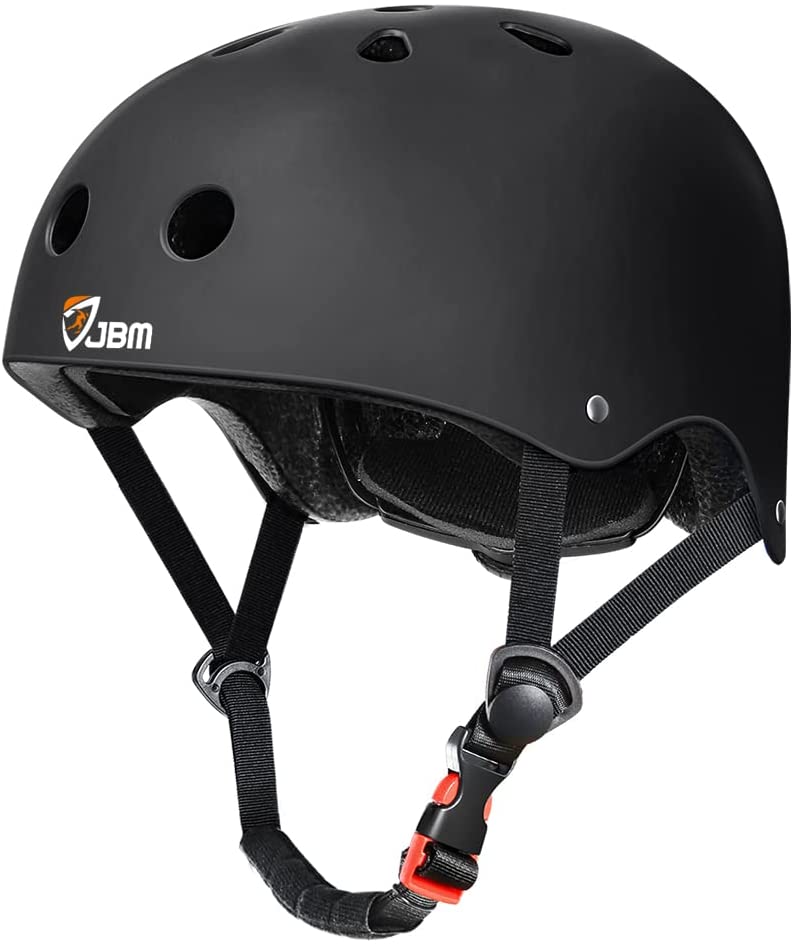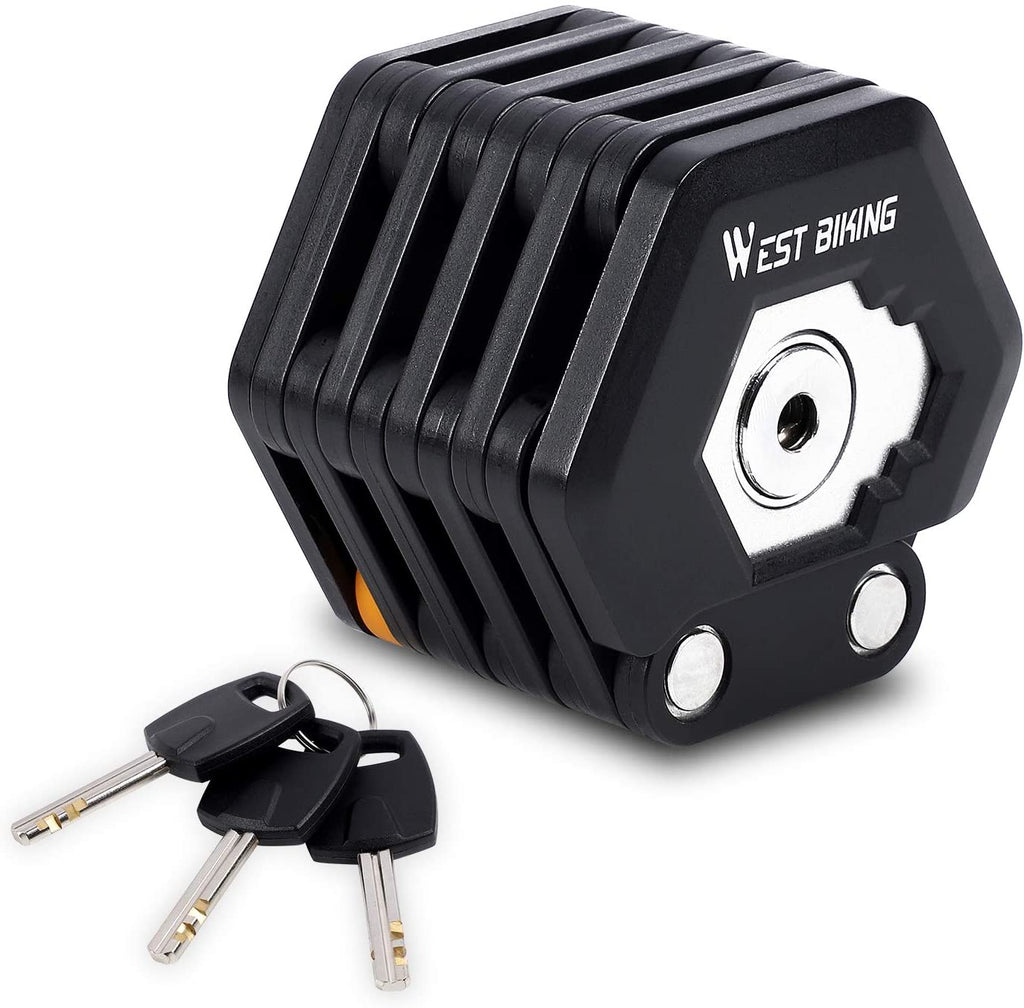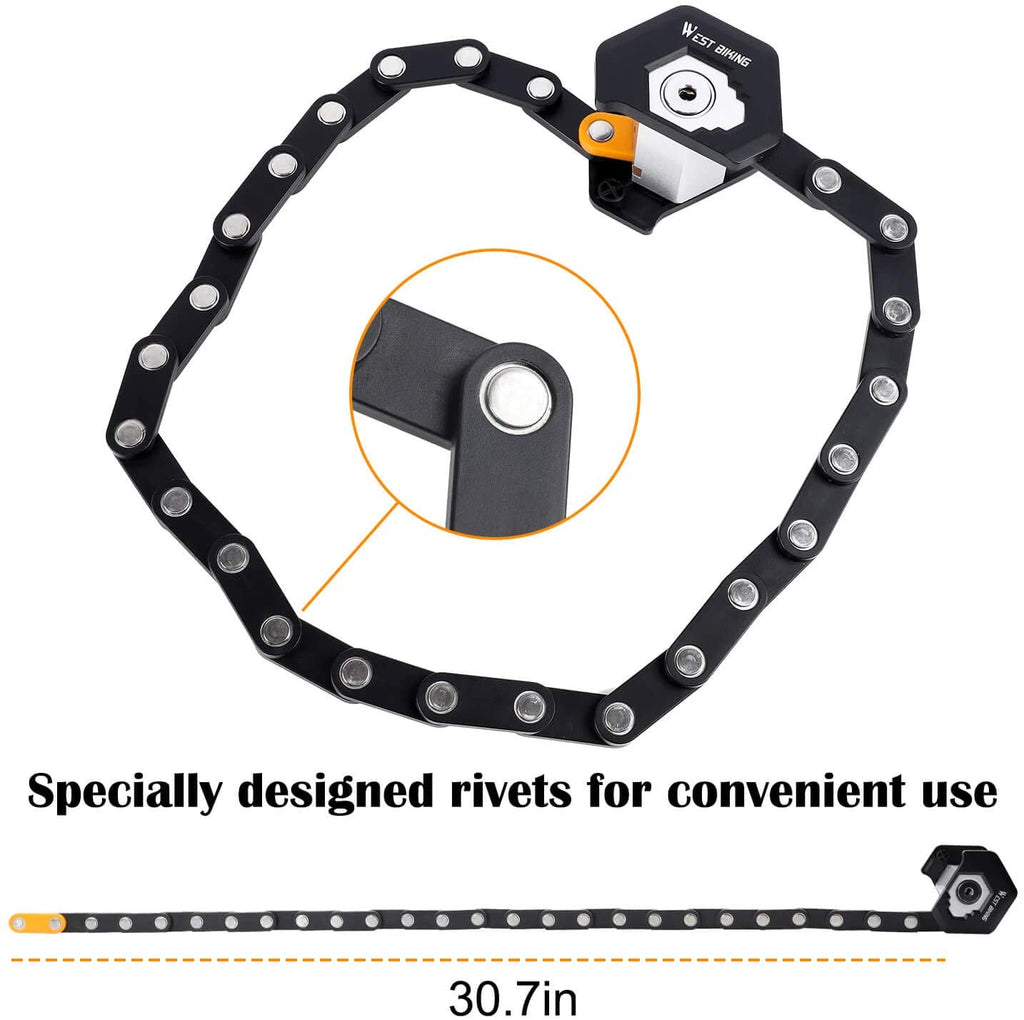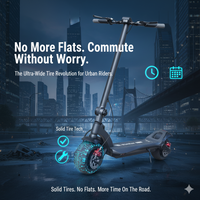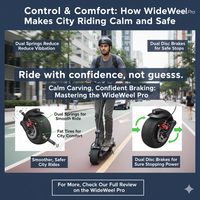Electric Scooter Speed Limit in the USA: Can You Ride 30 MPH?
1- Introduction:
Considering cruising at 30 mph on your e-scooter? Hold on, U.S. speed limits for e-scooters differ depending on the state and city. Many shared or personal scooters operate at speeds of 15–20 mph, while others permit higher speeds or reclassify faster scooters as mopeds or motor vehicles. An e-scooter that goes 30 mph might be legal, but it could also necessitate a license, helmet, or special registration based on your local DOT code.
Riders new to the PEV(personal electric vehicle) community have one common question: Are electric scooters legal in the USA? What are the local e-scooter rules and regulations? The answer mainly depends on each state’s specific rules regarding safety equipment, local area laws, and regulations. At moderate speeds, e-scooters 30mph are becoming an eco-friendly and sustainable solution because of their convenience and environmental advantages. Talking about their laws, in general, electric scooters are legal in most states, but some rules vary in different states, setting their benchmarks.
According to the U.S. Consumer Product Safety Commission, there is an increase of 21% in injuries associated with micromobility from 2021-2022. This trend has increased to 23% with a continuous trend since 2017.
So, it is mandatory to follow rules and regulations to ensure your safety, even if they are not set in your local area. This guide enables you to understand the local laws, regulations, and safety equipment for 30-mph e-scooters in major states.
If you want to know the 30-mph e-scooters in-depth, you can read this article, The Ultimate Guide To Buying a 30-Mph E-scooter.
2- Key Considerations When Riding a 30-mph Electric Scooter
When riding electric scooters, it’s not only about where they are legal but also about obeying a variety of rules and guidelines for your safety. Below are several key factors to keep in mind before hopping on your e-scooter:
1- Speed Limits and Riding Areas
Maximum Speed Regulations: Each state has set the speed limits for e-scooters, often ranging between 15-30 mph. In our Wide Wheel Pro scooter comparison, you’ll see how it stacks up against other models. For example, the Zero 9, a high-speed electric scooter 30 MPH, offers impressive performance for those seeking faster speeds. And Mantis 8 dual motor scooters are an ideal choice for commuting at this speed.
- Permitted Roads: Riders can ride on almost 30-mph e-scooters on the streets, but riding on busy roads and highways is not permissible in most states.
- Sidewalk Use: Many states and cities prohibit scooters on sidewalks to protect pedestrians, but some allow them in areas with low pedestrian traffic.
As per the US Consumer Product Safety Commission report, there were 111 e-scooter rider deaths between 2021 and 2022. This is all because of ignoring the set of regulations in their respective areas.
2- Helmet and Age Requirements
- Use of Helmet: Many states require helmets for riders under a certain age, usually 18, while some states recommend helmets for all riders.
- The use of helmets reduces the risks of death by almost 42% and almost 69% of head injuries, as per the safety research report.
- Age Restrictions: Most states impose a minimum age for e-scooter riders, often set at 16 or 18 years old.
3- Federal Guidelines for E-Scooters
- Use on Federal Land: When riding on federally governed land, such as national parks, additional regulations may apply that align with broader transportation or safety rules.
- Crossing State Lines: If you plan to cross state lines on an e-scooter, make sure to check both states’ regulations, as they might differ in terms of speed limits, road access, and helmet requirements.
4- Safety and Additional Regulations
Battery Safety: Since electric scooters 30 mph like Mantis X Plus and Mantis 10 Lite, often use lithium-ion batteries, riders should follow safety guidelines like not overcharging and storing batteries properly to prevent fire hazards. In 2021, almost 104 riders embraced death because of overcharging the lithium-ion batteries from e-scooters.
- Parking Guidelines: Many cities require riders to park scooters in designated areas or paths to avoid blocking sidewalks and entrances. As per the research, among five states, almost 99 percent of e-scooter riders do not create obstacles for pedestrian access after properly parking.
- Rental Services: For users of shared e-scooter services, certain areas may have special regulations, such as speed limits for first-time users or requirements for parking in specific zones.
3- State-by-State Regulations for Electric Scooters
Electric scooter laws differ widely across the U.S., with each state setting its own rules for riders. Below is a summary of the basic regulations across key states:
1- New York
In New York, electric scooters are legal, but with several restrictions:
- Riding Pathway: Riders can ride on 30-mph electric scooters or speed less than 30 mph on streets.
- Helmet requirement: Riders under 18 years old need to wear helmets.
- Sidewalks: Riding on sidewalks is not permissible.
Additional rule: Each city can impose its own local rules regarding e-scooters.
2- California
California electric scooter laws are one of the most permissive sets of rules for electric scooters:
- Riding Pathway: Riders can ride a 25-mph e-scooter or less in bike lanes and on streets.
- Helmet requirement: Riders under 18 must wear helmets in California.
- Sidewalks: It is not permissible to ride on sidewalks.
Additional rule: While parking your e-scooter, make sure you are not blocking pedestrians.
3- Texas
E scooters 30 mph, are legal in Texas but regulated more loosely than in some other states:
- Riding Pathway: It is permissible to ride on streets with a speed limit of 35 mph or less.
- Speed limit: There is no statewide speed limit for scooters, but local ordinances may impose restrictions.
- Helmet requirement: Helmets are not mandatory for riders of any age, but riders should wear them for safe and legal riding.
- Sidewalks: Riding on sidewalks is generally allowed unless restricted by local laws.
Additional rule: Scooter companies must abide by city-specific rules regarding parking and usage.
4- Florida
Florida has recently clarified its stance on electric scooters:
- Riding Pathway: E-scooters can be used in bike lanes and on streets with a speed limit of 30 mph or less.
- Helmet requirement: Only riders under 16 must wear helmets.
- Sidewalks: Riding on sidewalks is prohibited in most places.
Additional rule: Local governments have the authority to regulate where e-scooters can be rented.
5- Washington, D.C.
Washington, D.C. has embraced the use of electric scooters with a regulated scooter share program:
- Riding Pathway: E-scooters are allowed on streets and in bike lanes, but not on sidewalks in the downtown area.
- Speed limit: The speed limit for scooters is set at 10 MPH.
- Helmet requirement: Helmets are recommended but not required.
- Sidewalks: Sidewalk use is prohibited in central areas but allowed in residential neighborhoods.
Note: Please note that a set of rules and regulations may change from time to time. It is necessary to confirm the current rules of e-scooters by contacting your area’s transportation authorities.
Is it legal to use e-scooters that can go 30 mph?
There is no universal solution. Depending on its speed, design, and local regulations, a 30-mph e-scooter may be considered legal in some areas while being classified as a moped or motor vehicle in others.
What to Keep in Mind:
- Classification differs: In some states, scooters that go 30 mph are classified as mopeds or motor-driven cycles.
- If speed or motor output exceeds limits, a license or registration may be required.
- Rules regarding helmets, insurance, or age may be applicable in reclassified categories.
- The locations where you can ride (such as bike lanes, roads, and sidewalks) depend on the regulations of the city and state.
- No federal regulation: Always verify with your local DOT or municipal code before riding.
4- Wrapping Up: Are Electric Scooters Legal in the USA?
In summary, the legality of electric scooter speed limits largely depends on the state and city in which you live. While most states allow them on streets with lower speed limits, such as 30 MPH, many forbid their use on highways and sidewalks. States like New York, California, Texas, and Florida have set specific speed limits, helmet requirements, and restrictions on sidewalk usage. It is mandatory to understand the local and state regulations to ensure you ride safely and legally. By following these rules, you can enjoy the benefits of electric scooters while reducing legal risks. To learn more about electric e-scooters for adults with 30-mph speed, you can explore our e-scooter collection at our store. Check your city’s rules, then compare 30-mph models that match your route.
FAQs
1. What is the maximum speed allowed for electric scooters in the USA?
The majority of states limit the speed of e-scooters to 15–20 mph.
2. Are e-scooters that go 30 mph allowed on the streets in my area?
In some regions, they are permitted; in others, they are categorized as mopeds or motor vehicles, which necessitates additional procedures such as registration or licensing.
3. Is it allowed to ride in bike lanes or on sidewalks?
While many cities permit access to bike lanes, riding on sidewalks is prohibited. Always verify the local regulations.
4. Are faster scooters subject to licensing or registration requirements?
If your scooter goes beyond local speed or power limits, it may need a license, registration, or insurance.
